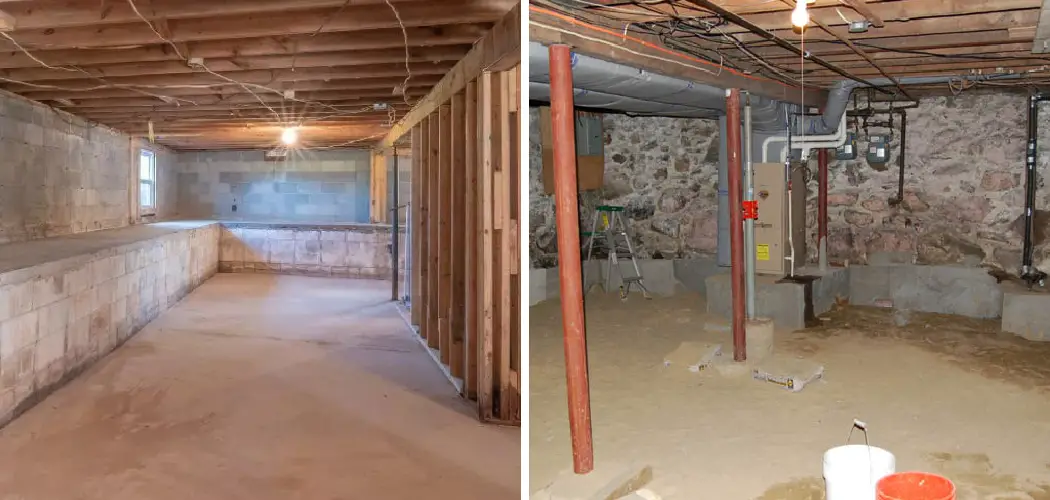Do you have a basement that’s filled with dust? Have you been wondering how to reduce the amount of dust in your basement without breaking the bank or causing too much strain on yourself? If so, this blog post is exactly what you’ve been looking for!
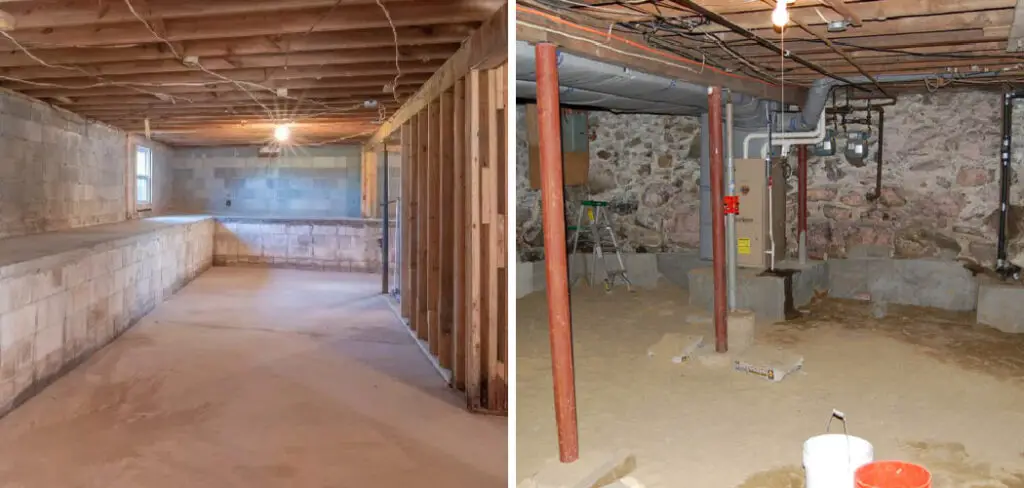
Here, we’ll provide detailed steps on how to reduce dust in basement, including tips on regular maintenance and deep cleaning. Plus, we’ll offer some product suggestions as well. So if you’re interested in learning more about reducing dust in your basement, be sure to read until the end to get all of our experts’ best advice!
Why Is It So Dusty in My Basement?
Dust accumulates in basements for a few reasons. First, because of their location within the house, basements are naturally located near particulate-filled air from outside. Additionally, even if windows and doors are sealed as tight as possible to minimize air infiltration, some air still manages to make its way inside through holes or cracks in the walls or floor.
Finally, materials such as carpeting and upholstery can accumulate dust over time that is then circulated back into the basement environment.
Fortunately, there are steps you can take to reduce dust levels in your basement. We recommend regularly cleaning surfaces such as furniture and floors to remove any accumulated dust particles before they have a chance to spread further around the room. Additionally, you can invest in air filtration systems or an air purifier to capture airborne dust particles before they have a chance to settle.
Finally, regular maintenance of your HVAC system is key to keeping it running efficiently and preventing any dust from being sucked into the ventilation ducts. By taking these steps, you will be able to reduce the amount of dust in your basement and create a healthier environment for everyone in your home.
In summary, basements are often filled with particulate-filled air from outside and materials such as carpeting and upholstery that accumulate dust over time. To reduce the amount of dust in your basement, we recommend regularly cleaning surfaces like furniture and floors, investing in air filtration systems or an air purifier, and maintaining your HVAC system. With these steps, you will be able to create a healthier environment not only for yourself but also for everyone living in your home.
10 Methods How to Reduce Dust in Basement
1. Clean Regularly
The most obvious way to reduce dust in your basement is to clean it regularly. Use a vacuum cleaner with a HEPA filter to remove dust from floors, walls, and ceilings. Dust surfaces with a microfiber cloth to avoid spreading dust particles into the air.
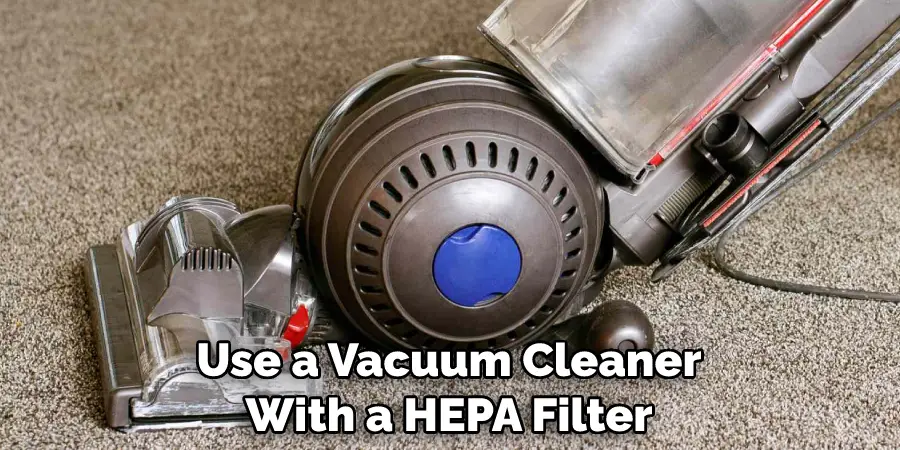
Then, use a duster with an extendable handle to dust hard-to-reach spots. Finally, wipe down furniture and other items in the basement with a damp cloth or cleaning solution.
2. Control Humidity
Excess humidity can lead to the growth of mold and mildew, which can contribute to dust buildup. Use a dehumidifier to keep the humidity level in your basement below 50 percent. This will not only reduce dust but also prevent the growth of harmful mold and mildew.
Additionally, you can use a damp cloth to wipe down surfaces regularly. This will help keep the air in your basement dry and free of dust. Avoid using humidifiers and other objects that produce moisture in the basement.
3. Seal Cracks and Gaps
Small cracks and gaps in your basement can allow dust to enter from outside. Use caulk or foam sealant to seal cracks and gaps around windows, doors, and pipes. This will help keep dust and other allergens outside of your basement.
If necessary, use weather stripping to seal gaps between the door and the frame. While you’re at it, make sure all of your window and door screens are intact. This will help keep out dust particles and other debris.
4. Use Air Purifiers
Air purifiers can help reduce dust and other airborne allergens in your basement. Choose an air purifier with a HEPA filter that can remove particles as small as 0.3 microns. Place the air purifier in a central location in your basement for maximum effectiveness.
Change the filter regularly to ensure that the purifier is working optimally. Additionally, consider investing in an air duct cleaning service if you have a forced air heating and cooling system in your home. This can help reduce dust from circulating throughout the house.

5. Change HVAC Filters
Your HVAC system can circulate dust and other allergens throughout your home. Replace the filters in your HVAC system regularly to keep them clean and efficient. This will help reduce dust and other allergens in your basement and throughout your home. Be sure to choose filters that are the right size and type for your HVAC system.
If you’re not sure, consult with a professional to make sure you choose the right filter for your system. Although you can buy generic filters at most home improvement stores, the right filter for your system may need to be purchased from a specialty store or directly through the manufacturer.
6. Use Doormats
Place doormats at the entrance to your basement and throughout your home to trap dirt and dust from shoes. Consider using doormats with a textured surface that can help remove dirt and dust from shoes.
Change or rinse the doormats regularly to keep them from becoming full of dirt. Although this isn’t a permanent solution, it will help reduce the amount of dust and dirt in your basement. Once the dirt and dust is collected on the doormat, you can easily shake it out or vacuum it up.
7. Keep Windows Closed
Opening windows in your basement can allow dust and other allergens to enter from outside. Keep windows closed and use air conditioning or a dehumidifier to keep your basement comfortable. If possible, install an air purifier to help reduce dust levels.
While closing windows may not completely eliminate dust, it will help reduce the amount of dirt and allergens that make their way into your basement. To further prevent dust from entering your home, you can also consider weatherstripping around any window openings.
8. Store Items Properly
Storing items in your basement can create dust and clutter. Use plastic storage bins with lids to store items and prevent dust buildup. Label the bins to easily find what you need and keep them organized.
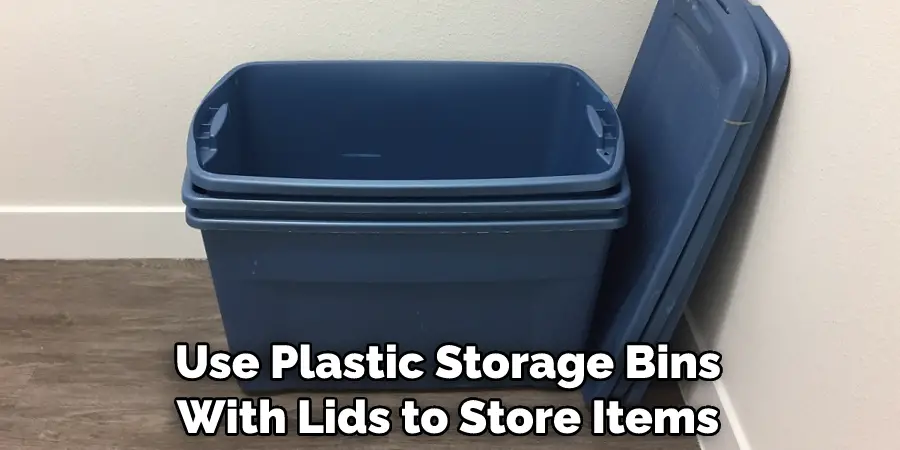
Place any items that may be shed onto shelves or in a bin on the floor. Keep stored items off the floor and away from vents to reduce dust circulation. When moving items, use a damp cloth to wipe down surfaces as needed. It also helps to clear out any items that are no longer being used.
9. Clean Air Ducts
Air ducts can accumulate dust and other allergens over time. Have your air ducts cleaned regularly by a professional to prevent dust buildup in your basement and throughout your home. If your basement has a forced air heating and cooling system, replace the filters often. Clean or replace other parts of the HVAC system such as fans, blowers and cooling coils to reduce the amount of dust in your basement.
10. Install Flooring
Carpeting can trap dust and other allergens, making it difficult to clean. Consider installing hard flooring such as tile, hardwood, or vinyl in your basement. These flooring options are easier to clean and do not trap dust and allergens like carpeting. Additionally, hard floors are more durable and last longer than carpeting. Consider installing area rugs, which can be easily removed for cleaning.
Some Common Mistakes When Reducing Dust in Basement
1. Not Sealing the Windows and Doors:
Unsealed windows and doors allow dust to enter your basement freely, which can make it more difficult to keep the space clean. Be sure to check that all windows and doors are properly sealed in order to reduce the amount of dust entering your basement.
2. Not Using High-Efficiency Air Filters:
High-efficiency air filters can help capture small airborne particles before they settle on surfaces, thus helping reduce the amount of dust in your basement. Be sure to use the highest efficiency filter that is compatible with your HVAC system.
3. Not Vacuuming Regularly:
Regular vacuuming is important for reducing dust in your basement, as it helps remove dust from floors and other surfaces. Additionally, be sure to empty the vacuum bag or cup after each use to reduce the amount of dust being recirculated back into the air.
4. Not Cleaning Soft Surfaces:
Upholstered furniture, carpets and curtains can all act as ‘dust magnets’ and should be cleaned regularly using a vacuum cleaner with an upholstery attachment or a brush attachment designed specifically for cleaning soft materials. This will help to reduce the amount of dust in your basement.
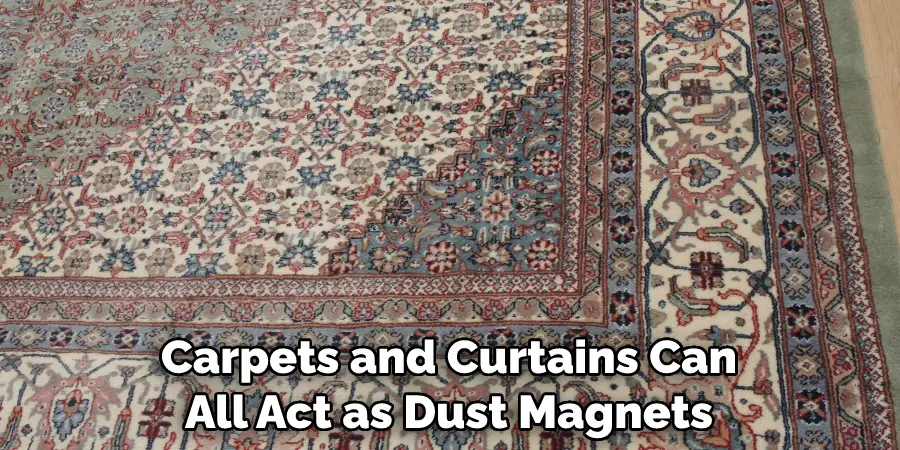
Conclusion
Reducing dust in your basement is essential for maintaining a clean and healthy environment. Regular cleaning, controlling humidity, sealing cracks and gaps, using air purifiers, changing HVAC filters, using doormats, keeping windows closed, storing items properly, cleaning air ducts, and installing hard flooring are all effective methods for reducing dust in your basement.
By implementing these methods, you can enjoy a clean and healthy basement that is free from dust and other allergens. Thanks for reading, and we hope this has given you some inspiration on how to reduce dust in basement!

